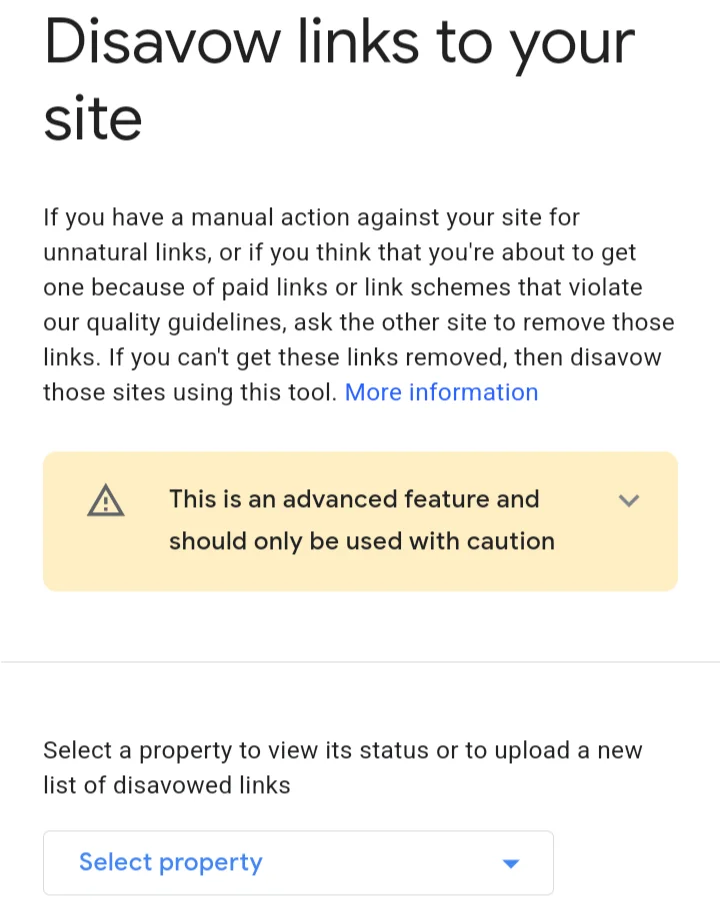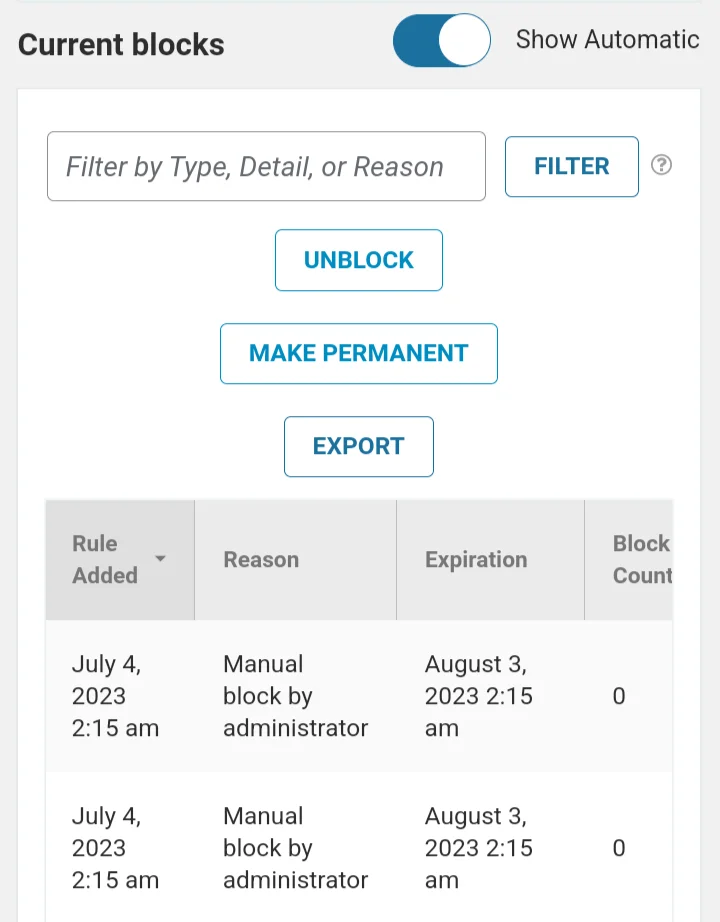This post contains affiliate links. Please read our disclosure.
Blogging involves so much more than just composing articles. It entails correcting those articles, adding photos, and making sure that your information is timely and relevant. Beyond this, there are other issues to worry about, mostly technical, and in this post we will share with you how to recover from a Google Core Algorithm Update.

What Is a Google Core Algorithm Update?
A broad core algorithm update is a change to Google’s overall search ranking algorithm. In actuality, it is actually a collection of algorithms that interpret signals from webpages to rank content that best answers a search query.
Broad core updates occur every few months. At this point, the Google algorithm will search out and scan content on your website, and your site will either take a hit or increase in rankings.
If, after a Google Core Algorithm Update, your site has suffered a hit in rankings, do not despair. Google periodically releases new updates, and it’s important to be aware that these updates occur and to know what to do to get your site back to its previous position—or even better.
Here are seven tips to improve your site’s ranking after it has taken a hit:
1. Use Original Images

Original images are not just visual embellishments; they are powerful tools that can significantly elevate the quality and recognition of your blog posts by the Google algorithm. In an era where content saturation is rampant, presenting your readers with unique and relevant visuals enriches their experience and reinforces the message you aim to convey. These images do more than just catch the eye; they engage the audience, enhance comprehension, and make your content more memorable.
Using photos from websites like Shutterstock, Pexels, and Pixabay is a fantastic option when you’re beginning your blogging journey and lack original images. If feasible, incorporate your own photographs or those captured by professional photographers. Original images hold a special place in the eyes of search engine algorithms, including Google’s. When you include original visuals, you provide a layer of originality and authenticity that sets your content apart.
Google values uniqueness, and by featuring images exclusive to your content, you’re signaling that your blog post is not just a repetition of existing information but a valuable contribution to the topic. When Google recognizes your content as original and valuable, it’s more likely to rank it higher in search results, making it more accessible to a broader audience.
Original images, in essence, act as digital signposts that guide the algorithm toward acknowledging the quality and relevance of your article. Incorporating original images is therefore a strategy that not only enhances the aesthetic appeal of your blog posts but also plays a strategic role in improving your content’s discoverability and standing in search engine results. Also, make sure to include alt text for every image on your blog. Alt text provides valuable information to the Google algorithm about your article’s content, which can improve your search engine rankings.
2. Proofread and Edit Posts

Grammar can be a challenge for even the most talented bloggers. That’s why we always encourage you to learn and to always pay attention to how your sentences flow and whether a few errors crept up. Your writing is your first impression to the world when they land on your site, so don’t miss out on the opportunity to give a favorable view of yourself. You’ll need to know how to write a blog post. After all, many of your readers might eventually become your customers, but only if they’re interested enough to continue reading your posts week in and week out. Start by taking a break after writing to gain fresh perspective. Then, read your post aloud to catch any grammatical errors or awkward phrasing. Next, use online proofreading tools such as Grammarly to check for spelling, grammar, and readability issues. After that, focus on the SEO aspect—ensure your keywords are naturally integrated and that meta titles and descriptions are optimized. Lastly, have someone else review your post for a second opinion, as fresh eyes can often spot mistakes you might have missed. If your post cannot add anything new or useful to what has already been covered in other articles online, then you may have another issue. Perhaps you may have trouble coming up with ideas. If so, then you’ll need to overcome writer’s block.
3. Delete Spammy Backlinks to Your Site

After a Google core algorithm update, stay vigilant and proactive. Closely monitor your website’s performance and rankings to assess the impact of the update. Track key metrics like organic traffic, keyword rankings, and user engagement to identify any notable changes. Next, analyze the specifics of the update and understand its core objectives. Google often provides guidance on what the update aims to achieve. Adjust your SEO strategy accordingly, focusing on providing high-quality, relevant content that aligns with Google’s new ranking criteria. Review and update your website’s content and on-page SEO elements to ensure they meet the updated algorithm’s requirements. This may involve revising existing content, optimizing meta tags, and improving site speed and mobile responsiveness. Consider the user experience as well. Google values websites that offer a positive user experience. Optimize your website’s navigation, mobile-friendliness, and page loading speed to provide an excellent user experience. Continue to build high-quality backlinks and engage in white-hat SEO practices. Avoid shortcuts like keyword stuffing or link schemes, as Google’s algorithms are designed to penalize such tactics. Adapting to Google’s core algorithm updates requires ongoing monitoring, a commitment to quality, and a willingness to align your SEO efforts with Google’s evolving standards. You could also find out which links point to your site by visiting Ahrefs and inputting your site URL. Then you will be presented with the list of backlinks pointing to your site. Take a look at these links. Are there any that you immediately recognize as spammy? You could tell by its rating in the column to the right of the link. The lower the rating, the more likely it is a bad link. Your next step would then be to disavow these links so that they don’t crush your site’s ranking and reputation. Fortunately, you can disavow the links easily through the Google Search Console by submitting a TXT file listing those bad links.
4. Consider a CDN

Speed is undeniably one of Google’s critical ranking factors, making it imperative to ensure that your website loads swiftly. If your site takes more than two seconds to load, it’s time to take action to accelerate its performance. So, how can you boost its speed? Begin by selecting an appropriate hosting company, as this serves as the foundational step. Explore hosting options that promise faster loading times compared to your current resource. Consider leveraging the advantages of a Content Delivery Network (CDN). A CDN can significantly enhance your site’s speed by delivering content from local servers based on the visitor’s geographical location. For example, if someone in France visits your site, rather than the site loading from its original location, it will load from a closer server. The impact of a CDN on website speed should not be underestimated, as it can transform your site’s performance and contribute significantly to its speed optimization.
5. Delete Duplicate Content

Duplicate content refers to blog posts that contain material already covered in previous articles. Note that many times this can happen to someone inadvertently. You’re writing a post that you think is excellent, and when it comes time to add info through research, you inadvertently go over points that are covered on other parts of the site. This is a definite no-no, and you need to eliminate this if you hope to get your site back on a good ranking. The way to take care of it is to go over each and every blog post and see whether any of them have points covered in other articles. You will then need to reword these parts, or, less ideally, delete them, though we encourage you to see if you can mold the sentences or paragraphs into something that’s a bit different than what you already have. Practice makes perfect. We know this sounds cliché, but it is true.
—
6. Ban Invalid Traffic

Invalid traffic primarily encompasses visits from bots, although it can also include an excessive influx of traffic from seemingly reputable sources. To address this issue, consider implementing a plugin that can effectively detect and mitigate these invalid visits. Depending on the service you choose, it may even have the capability to block further access from these sources. One notable plugin for managing invalid traffic is Wordfence, which excels in blocking malicious IP addresses and bot traffic. It serves as a robust defense mechanism to maintain the integrity of your website’s traffic and protect it from potential threats. Utilizing a Content Delivery Network (CDN) like Cloudflare can also be a valuable strategy for combating invalid traffic. CDNs can filter out unwanted visits and provide added security layers, ensuring that only genuine visitors can access your site. You’ll safeguard your website’s performance and enhance its overall security, helping it recover effectively from the impact of such issues.
—
7. Trim Down Number of Ads

In the aftermath of a Google core algorithm update, it’s common to reassess our strategies for maximizing website income. A pitfall to avoid is the temptation to flood our pages with excessive advertisements. This practice not only distracts readers but can also dilute the primary message of our articles. Further, an overabundance of ads could trigger penalties from search engines like Google. To navigate this challenge successfully, it’s crucial to review all your articles and pinpoint those that may be suffering due to an excessive ad presence. Recovering from a Google core algorithm update isn’t just about ad placement—it’s also about delivering meaningful content. Your readers visit your website seeking valuable information, insights, or entertainment, not just to encounter ads. To strike the right balance between revenue generation and providing an optimal user experience, consider the positioning and relevance of your ads. Opt for advertisements that align with your content and resonate with your audience, seamlessly integrating them into your articles without overshadowing the core message. This approach creates a win-win scenario where your website maintains profitability, while readers keep returning for the valuable content you offer. Consider alternative monetization strategies post-update, such as affiliate marketing, sponsored content, or premium memberships. Ultimately, achieving equilibrium between advertisements and content is pivotal to ensuring your website’s sustained success in the wake of a Google core algorithm update.
—
Conclusion
Taking a sudden hit after a recent Google core algorithm update is an unpleasant experience, one that no blogger wants to go through. This can be an excellent opportunity to see how you can improve your site, from the writing to the behind-the-scenes stuff that occurs when blogging. There is no need to panic if your site takes a hit. Just follow the above advice and see your blog get back on track.
Last Updated on January 2, 2026
by Daniel Zohar

I’m an entrepreneur and digital marketing enthusiast who loves helping people grow—not just in affiliate marketing, but in all areas of online business. I enjoy showing others how to build a strong brand, create meaningful content, and use tools that make work easier. Over the years, I’ve learned what truly works in digital marketing, from creating websites that convert to building an engaged audience through email and social media. After more than ten years in the field, I’ve gathered plenty of lessons I enjoy sharing through my writing and talks. I use my own experiences to help others reach their goals and build something lasting. Besides running my business, I’m a fiction writer in the speculative genre, with dozens of short stories published in various magazines and anthologies. For eighteen years, I was a Top 10% Reviewer at Zoetrope, an online venue for creatives, where I helped members strengthen their writing. When I’m not working as a writer or marketer, you’ll probably find me cooking, reading, or watching a good baseball game. I live in New York City, where I was born and raised.
